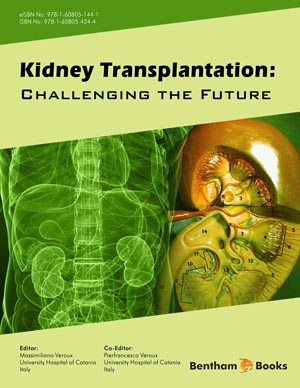Abstract
A variety of surgical techniques are currently available for live donor nephrectomy (LDN). The surge of laparoscopic LDN (LLDN) has promoted the reduction of the invasiveness of open donor nephrectomy (ODN). Overall, LDN is a safe operation, the risk of donor death being 0.03%. Long-term complications are rare, and actually live renal donors have a lower risk of end-stage renal failure and live longer as compared with aged-matched individuals who do not donate.
Advantages of LLDN are mostly faster recovery, shorter sick leave, reduced incidence of wound-related complications, and improved cosmetic result. On the other hand, safety is the main advantage of ODN. No donor death has been reported since 1991 following ODN. LLDN increases operative costs, especially when combined with hand assistance, but decreases overall hospital costs and indirect costs.
Bleeding, mostly caused by failure of methods used to seal renal vessel, remains the main surgical complication of LDN. Transfixion ligature is currently recommended for renal arteries, while the use of any type of clips, including locking clips, is banished by the manufacturers themselves. Effective postoperative analgesia also plays an important role since it reduces the arising of hypertensive peaks. Awareness of the risk of massive hemorrhage after LDN is fundamental to reduce the risk of this dramatic complication.
Overall, based on current information no technique of LDN is definitely superior. Transplant surgeons should therefore be familiar with multiple methods of LDN in order to be able to select the one that best fits the needs of each individual donor.
Keywords: Live Donor Nephrectomy, Open Live Donor Nephrectomy, Laparoscopic Live Donor Nephrectomy, Laparo-Endoscopic Single Site Surgery Live Donor Nephrectomy, Robot-Assisted Live Donor Nephrectomy, Complications of Live Donor Nephrectomy.
















